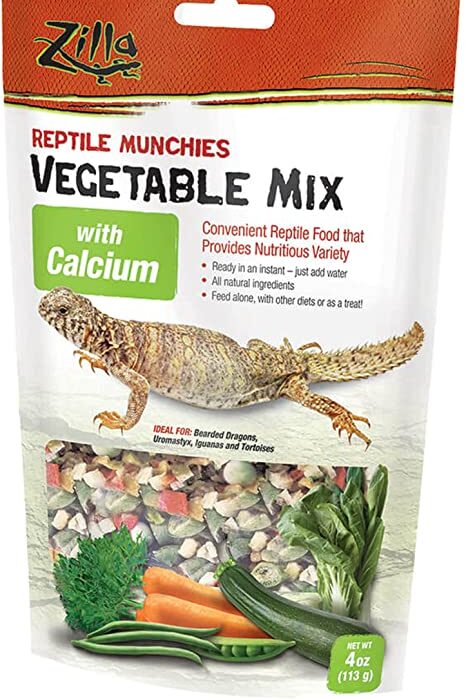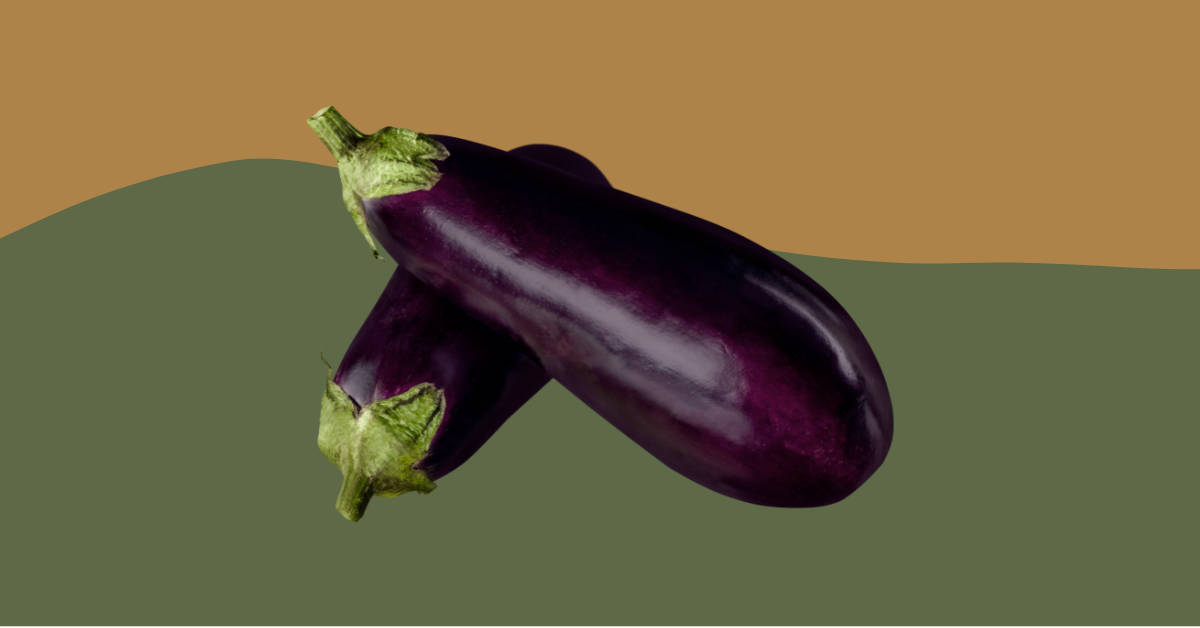Yes, bearded dragons can eat dandelions but only the leaves are recommended. In fact, it is a healthy addition to their diet. The recommended portion size is 1-2 leaves per serving.
Table of contents
Dandelions are a common plant found in gardens and lawns, and they can be an excellent food source for your bearded dragon. This article will provide the do’s and don’ts, teach you about bearded dragon care, offer a step-by-step preparation guide, and answer frequently asked questions. With this information, you can ensure your bearded dragon enjoys a healthy and varied diet.
Related Article: Bearded Dragon Care: Expert Tips and Insights
Do’s
- Wash the dandelions thoroughly before feeding them to your bearded dragon to remove any dirt, pesticides, or other contaminants.
- Feed dandelions in moderation to maintain a balanced diet. Offer 1-2 leaves per serving, mixed with other greens and vegetables.
- Look for pesticide-free, organic dandelions to ensure your bearded dragon’s safety.
Don’ts
- Don’t feed dandelions with yellow flowers as they may cause digestive issues in bearded dragons.
- Avoid feeding dandelions picked from roadsides or public places due to possible contamination from pollution or chemicals.
Best Practices for Feeding Dandelions to Bearded Dragons
Following best practices when feeding your bearded dragon will ensure their safety and overall health. Here are some best practices to keep in mind:
- Variety is key: A balanced diet for bearded dragons should include a mix of leafy greens, vegetables, fruits, and insects. While dandelions are a healthy addition, they should not be the main source of your bearded dragon’s diet. Incorporate other leafy greens like collard greens, mustard greens, and turnip greens, as well as vegetables like bell peppers, squash, and carrots.
- Observe your bearded dragon’s reaction: After introducing dandelions into your bearded dragon’s diet, monitor their behavior and overall health. If they show any signs of discomfort or digestive issues, discontinue feeding them dandelions and consult a veterinarian.
- Consult your veterinarian: It’s always a good idea to consult a veterinarian experienced in reptile care before making significant changes to your bearded dragon’s diet. They can provide personalized recommendations based on your bearded dragon’s age, size, and health.
- Source pesticide-free, organic dandelions: To minimize the risk of pesticide and chemical exposure, choose organic dandelions from a reliable source, such as your garden or a reputable store. Avoid picking dandelions from public areas or roadsides, as they may be contaminated with pollutants and chemicals.
- Store dandelion leaves properly: To maintain freshness, store dandelion leaves in a sealed container or plastic bag in the refrigerator. This will help preserve their nutritional value and ensure your bearded dragon is getting the most benefits from this healthy addition to their diet.
- Introduce dandelions gradually: When incorporating dandelions into your bearded dragon’s diet, start with small portions and gradually increase the amount over time. This will allow your bearded dragon to get used to the new food and help prevent any potential digestive issues.
- Combine dandelions with calcium-rich foods: Bearded dragons need adequate calcium for healthy bone development. When feeding dandelions, consider combining them with calcium-rich foods like collard greens, mustard greens, or turnip greens to boost their calcium intake.
- Keep track of your bearded dragon’s weight: Regularly weigh your bearded dragon to ensure they are maintaining a healthy weight. If you notice any significant weight loss or gain after introducing dandelions, adjust their diet accordingly and consult your veterinarian if needed.
- Offer dandelions in suitable sizes: Cut the dandelion leaves into small, manageable pieces that your bearded dragon can easily consume. This will help prevent choking hazards and make it easier for them to digest the leaves.
- Educate yourself on bearded dragon nutrition: Understanding the nutritional requirements of bearded dragons is essential for their overall health and well-being. Research and familiarize yourself with their dietary needs to provide a well-rounded and balanced diet.
Related Article: Bearded Dragon Feeding Guide: Nutrition Tips
Step-by-Step Guide to Preparing Dandelions for Your Bearded Dragon
Step 1
Harvest dandelions: Collect fresh, organic dandelion leaves from your garden or a reliable source.
Step 2
Wash the leaves: Rinse the dandelion leaves thoroughly under running water to remove any dirt, pesticides, or contaminants.
Step 3
Chop the leaves: Cut the dandelion leaves into small, manageable pieces for your bearded dragon.
Step 4
Mix with other greens: Combine the dandelion leaves with a variety of other leafy greens and vegetables to create a well-rounded meal.
Step 5
Serve to your bearded dragon: Place the mixture in your bearded dragon’s feeding dish and allow them to enjoy their meal.
Need Recommendations?
Here’s Our Top Amazon Picks
You may also like 📖
Frequently Asked Questions
Are dandelion flowers safe for bearded dragons?
While dandelion leaves are safe and healthy for bearded dragons, it is best to avoid feeding them the yellow flowers as they can cause digestive issues.
How often should I feed my bearded dragon dandelions?
Dandelions can be fed to bearded dragons a few times a week, but they should not be the primary source of their diet. Always provide a mix of leafy greens, vegetables, and insects.
Can I feed my bearded dragon dandelion roots?
It is best to stick to the leaves, as the roots can be tough and difficult for bearded dragons to digest.
Do dandelions provide any nutritional benefits for bearded dragons?
Yes, dandelion leaves are high in vitamins A, C, and K, as well as calcium, making them a nutritious addition to your bearded dragon’s diet.
Are there any risks associated with feeding dandelions to bearded dragons?
The main risks are related to pesticide and chemical exposure. Always wash the leaves thoroughly and choose organic, pesticide-free dandelions to minimize these risks.
Conclusion and final thoughts 💭
Feeding dandelions to your bearded dragon can be a healthy and beneficial addition to their diet, as long as you follow the guidelines outlined in this article. By incorporating dandelions with other leafy greens, vegetables, and insects, you will provide your bearded dragon with a well-balanced and nutritious diet.
Remember to always consult a veterinarian if you have concerns about your bearded dragon’s health or diet.
Looking for more? Here’s our roadmap:
General Bearded Dragon Pet Owners Guide
Bearded dragons are native to the arid regions of Australia and are known for their unique beard-like appearance. As pets, they have become increasingly popular due to their friendly and inquisitive nature, making them an ideal choice for reptile enthusiasts. Bearded dragons are diurnal, meaning they are active during the day, and their average lifespan ranges from 8 to 12 years, with proper care. When considering adopting a bearded dragon, it’s essential to be prepared for a long-term commitment and be well-informed about their care requirements.
One of the most crucial aspects of bearded dragon care is providing an appropriate enclosure. Adult bearded dragons thrive best in a 20 to 50-gallon tank, but a larger enclosure is always better. It’s important to always keep the tank clean. The tank should have a basking area with a temperature range of 95-110 degrees Fahrenheit, as well as a cooler area with a temperature between 75-85 degrees Fahrenheit. In addition, bearded dragons need access to UVB lighting to help them synthesize vitamin D3 and properly metabolize calcium, which is vital for their bone health.
A balanced diet is essential for a healthy bearded dragon. Their dietary requirements change throughout their life stages; juvenile bearded dragons need a higher protein intake, with insects making up around 80% of their diet and the remaining 20% consisting of vegetables and fruits. As they grow into adults, their diet should consist of approximately 20% insects and 80% vegetables and fruits. It’s important to offer a variety of food items to ensure they receive all the necessary nutrients, and to dust their food with calcium and multivitamin supplements as recommended by a reptile specialist or veterinarian.
Regular interaction and observation of your bearded dragon are vital for maintaining their well-being. Handling your pet gently and frequently can help build trust and strengthen your bond. Monitor your bearded dragon’s behavior, appetite, and overall health to detect any potential issues early on. If you notice any signs of illness, such as lethargy, loss of appetite, or irregular bowel movements, consult a reptile specialist or veterinarian for guidance. Proper care, feeding, and attention will ensure your bearded dragon remains a happy and healthy companion for years to come.






Leave a Reply